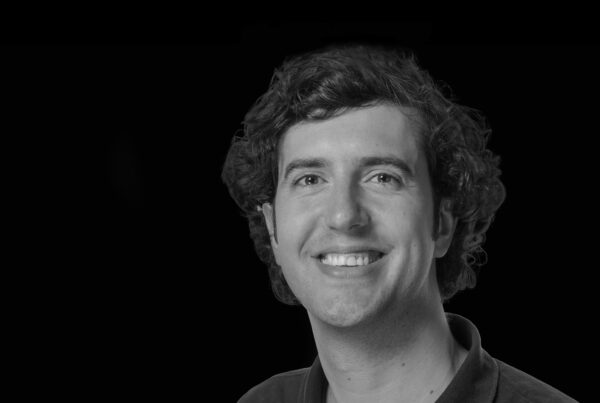Romero-Isart obtained his PhD in Physics from the Universitat Autònoma de Barcelona in 2008, receiving the UAB Extraordinary Prize. He then moved to the Max Planck Institute of Quantum Optics (MPQ) in Munich with a Humboldt postdoctoral fellowship in the group of Prof. Ignacio Cirac. From 2013 to 2024, he was a full professor and group leader at the University of Innsbruck and the Institute of Quantum Optics and Quantum Information (IQOQI) of the Austrian Academy of Sciences. Both positions were tenured in 2018. In May 2024, he moved to ICFO as an ICREA Professor and group leader. He is the director of ICFO since September 2024. He has been awarded the RSEF-BBVA Prize for Young Theoretical Physics in 2012, the QIPC Young Investigator Award in 2015, and was selected for the Emmy Noether Programme by the German Research Foundation, which he declined. Additionally, he has received an ERC Starting Grant and an ERC Synergy Grant that he is currently coordinating.
Research interests
We propose, model, and optimize experiments aimed at exploring whether there is a limit to mass and complexity for the unambiguous observation of quantum phenomena.
We study the interaction of electromagnetic fields with matter, ranging from single atoms to mesoscopic solid-state objects (e.g., dielectric nano and microspheres), across both classical and quantum regimes. We design and optimize novel protocols for the quantum state engineering of massive objects, taking into account sources of decoherence and noise relevant to current experiments. We examine the emergence and certification of quantum phenomena in massive objects under extreme isolation conditions. Our research requires an interdisciplinary approach to theoretical physics and the ability to collaborate closely with experimental groups.
Selected publications
– Riera-Campeny A, Roda-Llordes M, Grochowski PT & Romero-Isart O 2024, ‘Wigner Analysis of Particle Dynamics and Decoherence in Wide Nonharmonic Potentials’, Quantum, 8 .
